1972: The year that gave us Ziggy Stardust, The Divine Miss M and the Eagles.
- Oops!Something went wrong.Please try again later.
“1972 was no 1971.”
That’s what a friend remarked to me recently when offering up for comparison the two years, now a half-century behind us, in terms of the landmark pop music they gave the world.
Well, true. It wasn’t. Nothing matched the bounty of landmark recordings released in 1971. But the following came close. If 1971 was a year of innovation for popular music, 1972 was a year of transition. Surviving acts from preceding years began a gradual stylistic makeover to a new pop age – the glammed up, unapologetically excessive era known as “The Seventies.” You know – disco, punk, country-rock and pop-metal. But all of that really didn’t come into keener play until around 1974. What gave 1972 its distinction was the number of late ’60s acts that came into their own, the maturing of more established artists as they adjusted to the times and the staying power of the performers it introduced.
As I did last year with the vanguard records of 1971, I’ve put together a critic’s pick list of a dozen albums celebrating the 50th anniversary of their release during that cloudy, transitional year of 1972. They are presented in no particular order.

Steve Wonder: Talking Book
Just as Marvin Gaye and The Temptations had done in preceding years, “Talking Book” represented Steve Wonder’s full recalibration for the times. Building on the more progressive pop spirit of his preceding “Music of My Mind” album, “Talking Book” was a leap into soul and funk adulthood. The pop sensibilities within Wonder’s songs were as assured as ever, but then you hit “Superstition” and the groove simply exploded.

Jethro Tull: Thick as a Brick
Jethro Tull hit critical and commercial paydirt with “Aqualung” in 1971. “Thick as a Brick” was a different beast altogether, a mix of folk fancy and intense prog rock spread out through a single, album-long composition. On top of it all, the record still sounded regally British. The album was also a reflection of the times. There is no way a record of such stylistic daring would become a hit today

Bette Midler: The Divine Miss M
This was the debut record no one saw coming, except for maybe the New York audiences that were already hip to Midler’s performance smarts, vocal sass and restless artistic spirit. Even those who loved the record were scratching their heads over it. War-era pop harmonies, cocktail makeovers of vintage pop tunes and the first head-turning cover of John Prine’s “Hello in There” - Midler did it all and never looked back.

David Bowie: The Rise and Fall of Ziggy Stardust and the Spiders from Mars
Few records pinpointed the fashion, attitude and social gravity of an era more exactly than “Ziggy Stardust” did in 1972. In the years and decades to come, Bowie, who shed performance personas and musical styles like snakeskin, would continually reinvent himself. But “Ziggy Stardust” and all the glammed-up pop androgyny it celebrated, remains his most lasting cultural breakthrough.
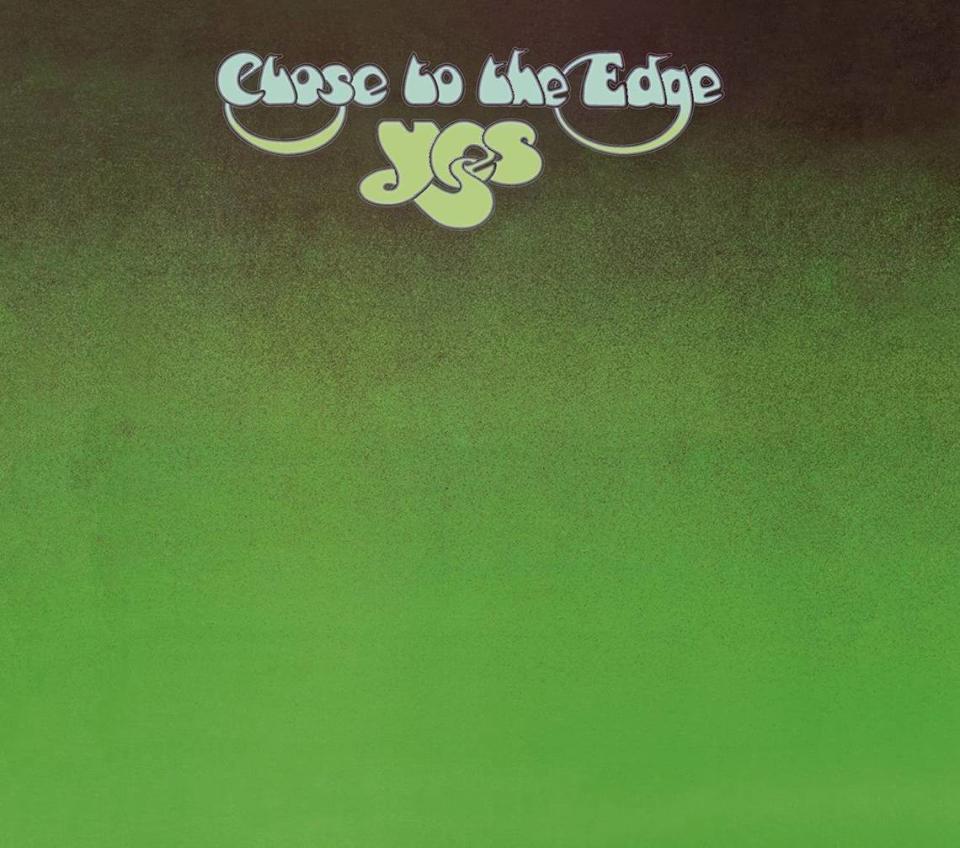
Yes: Close to the Edge
The breakthrough for this longstanding British prog band began at the start of 1972 with its “Fragile” album and a single, “Roundabout,” that actually became an AM radio hit. “Close to the Edge” followed in September and stands as perhaps the finest prog album of its era. The record is like one massive electric affirmation. Easily the finest work by the greatest Yes lineup.
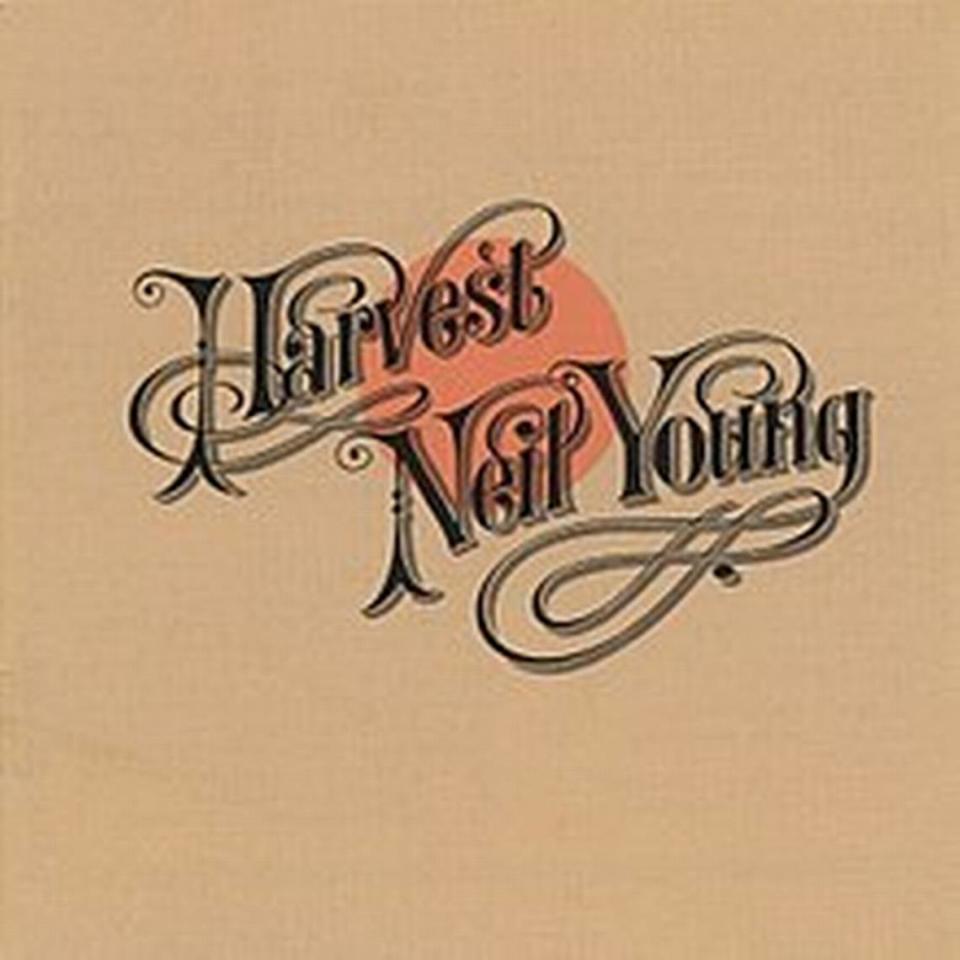
Neil Young: Harvest
Every album Neil Young made in the 1970s is an essential listen, from the folkie records to the coarse electric experiments to the garage rock joyrides. “Harvest” had a little bit of all that, but also became a commercial smash. Despite the often-brooding variety, the folk reflections “Heart of Gold” and “Old Man” came to represent the album and, to a large extent, Young’s entire career.
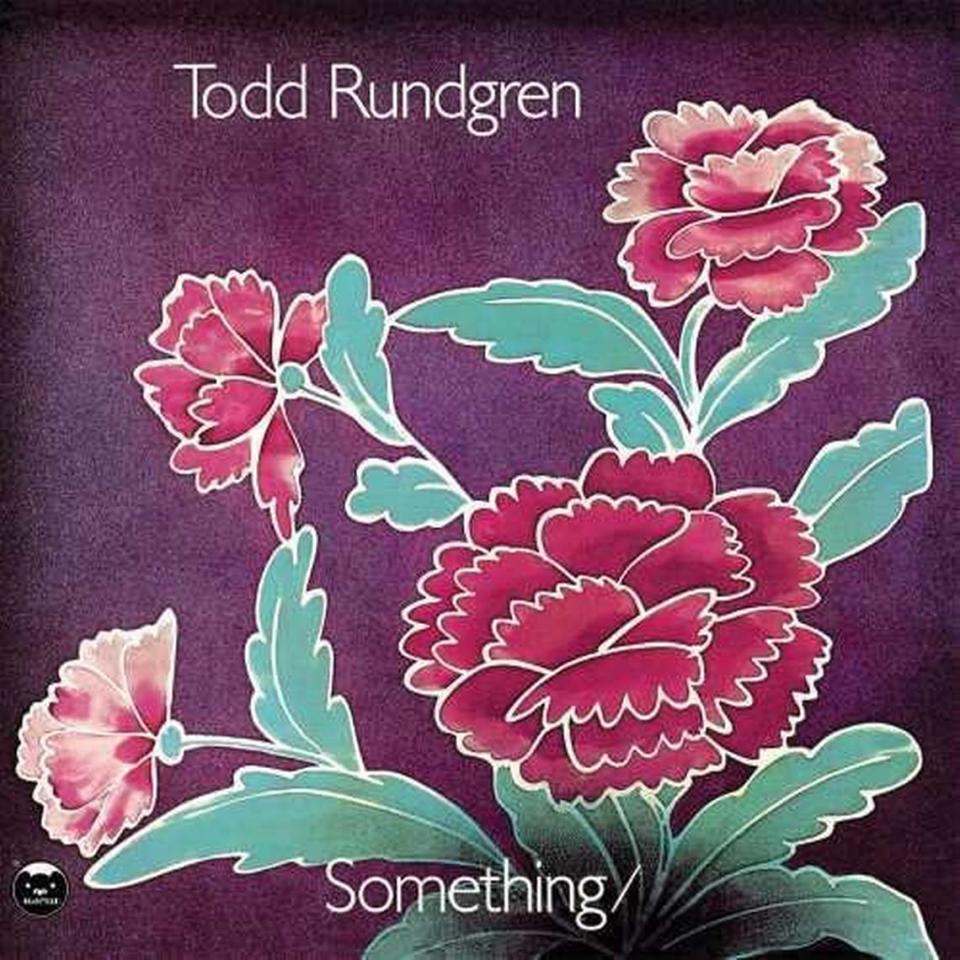
Todd Rundgren: Something/Anything?
After two albums using the artistic alias of Runt, producer/instrumentalist/composer Rundgren promoted his own name for a record of predominantly one-man-band sessions. The album has it all: evergreen pop singles, brutish electric rockers and a wayward prog spirit that would erupt fully on later records. But for 1972, “Something/Anything?” was a wonderfully complete portrait of the then-modern pop artist.
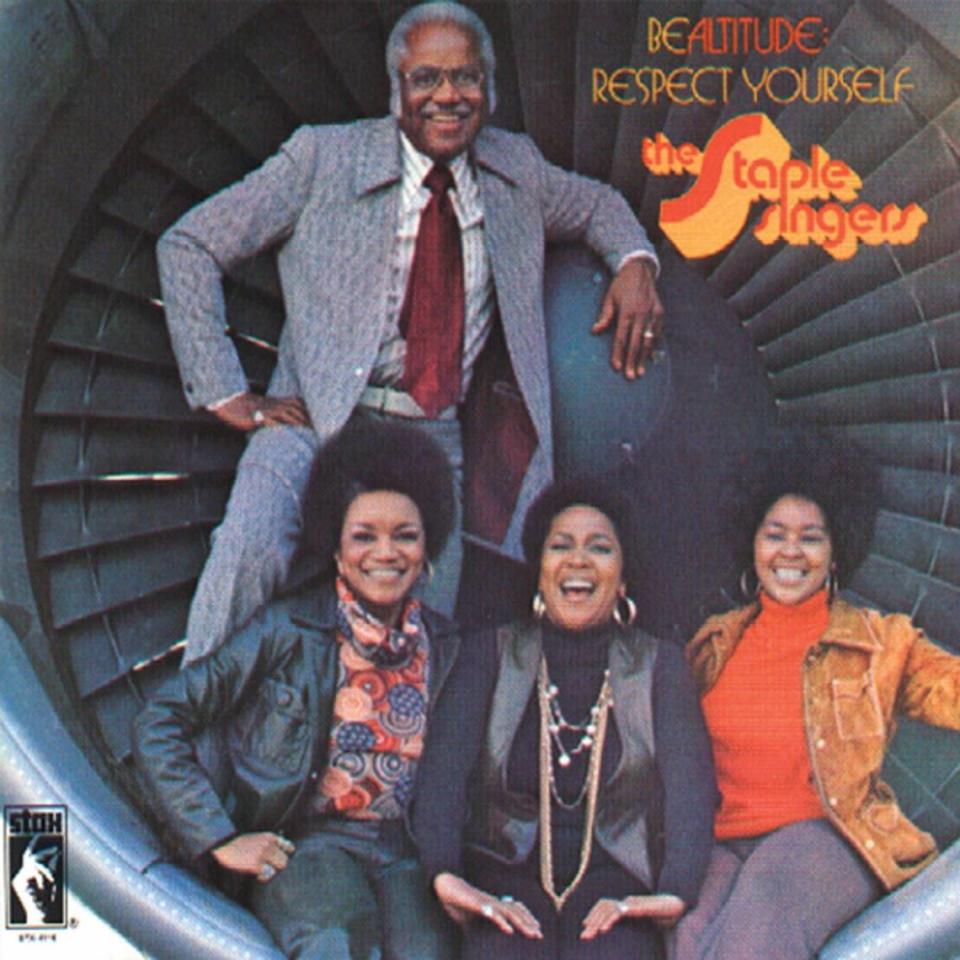
Staple Singers: Be Altitude – Respect Yourself
The Staple Singers had already been a cherished gospel act for over two decades by the time “Be Altitude” appeared. Similarly, there has always been an earthy R&B drive fueling the group’s music. But add in the production of Stax Records overlord Al Bell with the pop-soul appeal of the spiritual leaning hits “I’ll Take You There” and “Respect Yourself” and you had the most serious testifying rock radio had heard in ages.
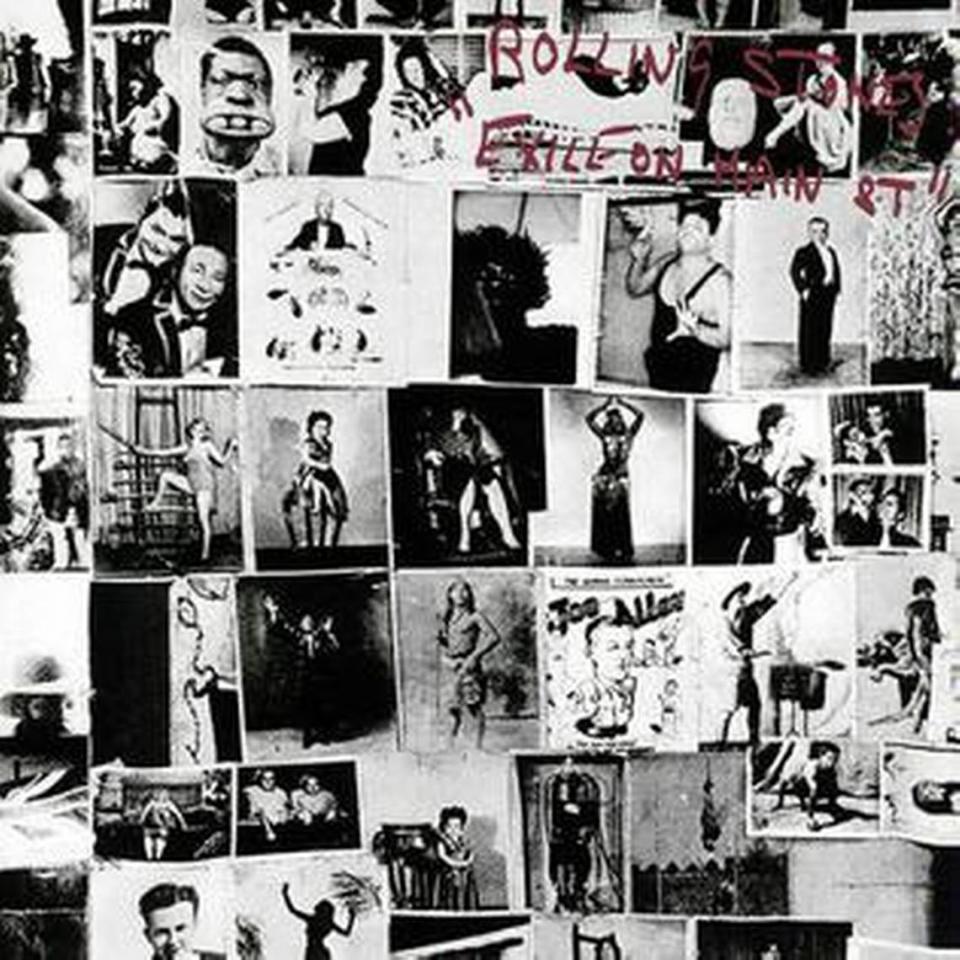
The Rolling Stones: Exile on Main St.
This was the sound of the unvarnished Stones, a band that stuffed its more ornate pop stylings in the closet and went for broke on music that sounded like a mix between a rave and a street brawl. Drawing heavily on the blues, but also the coarser, more immediate electric sounds that grew out of it, “Exile on Main St.” unleashed the Stones’ raw rock ‘n’ roll intuition in full.
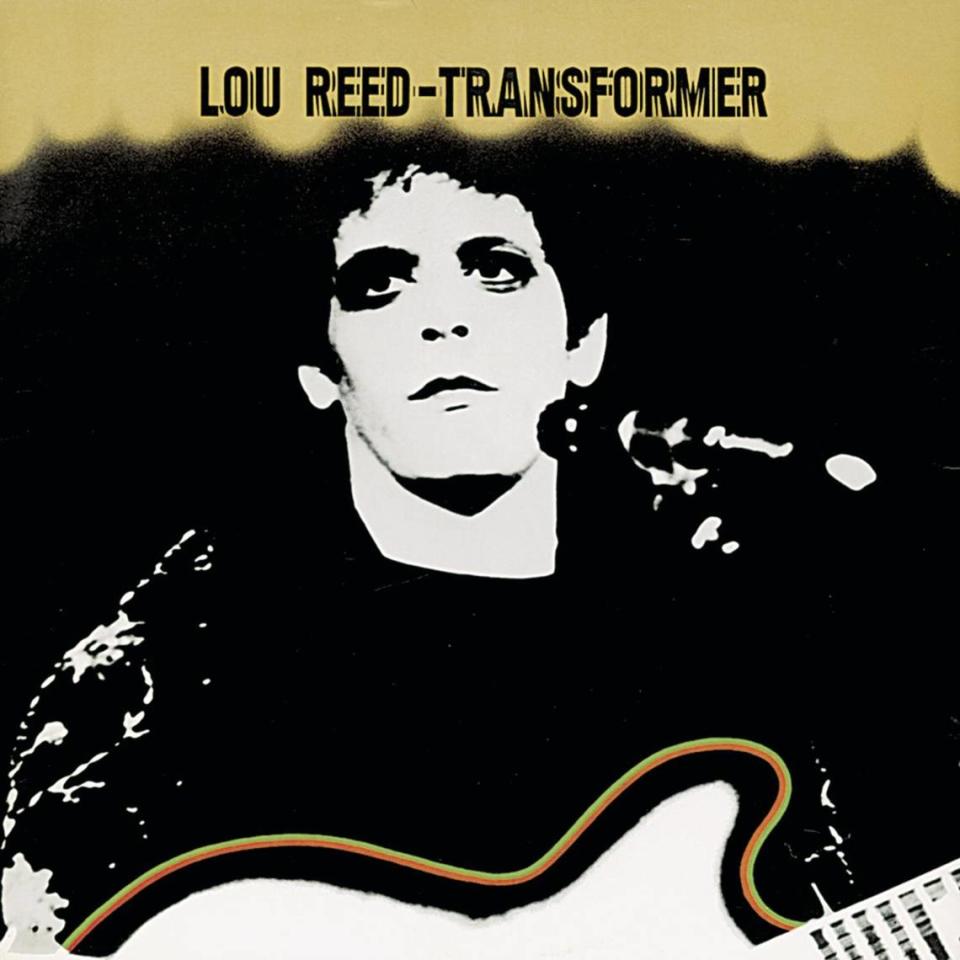
Lou Reed: Transformer
Until 1972, Lou Reed was an artist of reputation. The cult-size loyalty awarded to his music with the Velvet Underground and the promise of a subsequent solo career didn’t translate into a serious commercial breakthrough until the David Bowie-produced “Transformer” and especially its lead single, “Walk on the Wild Side,” made Reed a vastly more visible poet of pop’s darker street corners.

Santana: Caravanserai
“Caravanserai” torched the stardom Santana had generated since Woodstock in 1969. No longer a band hitting the top of the charts with singles of Latin-leaning psychedelia, it was now a more symphonic, spiritually invested ensemble influenced as much by John Coltrane as the pop-rock of the day. As commercial product, “Caravanserai” disappointed. As art, it was transcendent and remains Santana’s bravest work.

Eagles: Eagles
The entire Southern California school of country-rock that would change the pop landscape for the rest of the ‘70s began with this record. Several of the movement’s key players figured prominently on this debut album (Jackson Browne, Gene Clark), but it was the foursome of Don Henley, Glenn Frey, Bernie Leadon and Randy Meisner that piloted the liftoff to the band’s game-changing career.

